In the quest for better health, a slimmer waistline, and sustainable energy, one question frequently arises: what can I eat for lunch to lose belly fat? The answer, rooted in scientific research and nutritional expertise, isn’t about starving yourself or relying on fads. Instead, it involves smart meal prep to lose belly fat—an approach that is both practical and transformative. With intentional planning, you can nourish your body with foods that support metabolism, reduce inflammation, and keep you full without overloading on calories. This article explores evidence-based strategies for preparing satisfying, nutrient-dense lunches that help reduce abdominal fat, while also comparing popular eating styles, such as low carb and keto, to determine what truly works.
You may also like: What Do Body Builders Eat? Expert Tips on Smart Meals for Strength, Lean Mass, and a Healthier Lifestyle
Understanding the Science of Belly Fat
Belly fat, also known as visceral fat, is more than a cosmetic concern. It is metabolically active tissue that can disrupt hormonal balance and increase the risk of conditions like insulin resistance, cardiovascular disease, and type 2 diabetes. The good news is that research consistently shows diet plays a pivotal role in reducing abdominal fat—particularly diets rich in whole foods, lean proteins, healthy fats, and fiber. When it comes to effective meal prep to lose belly fat, science favors meals that avoid refined carbohydrates and processed fats while emphasizing steady blood sugar control.
This is where the conversation around the ketogenic diet vs low carb approaches becomes relevant. While both reduce carbohydrate intake, they differ in scope. The low carb diet allows moderate carbohydrates and focuses on nutrient quality, whereas the keto diet aims for very low carb intake to induce ketosis, a state where fat is used for energy instead of glucose. So is keto a low carb diet? Technically, yes. But not all low carb diets are keto. And is a keto diet sustainable? That depends on your lifestyle, preferences, and health goals.
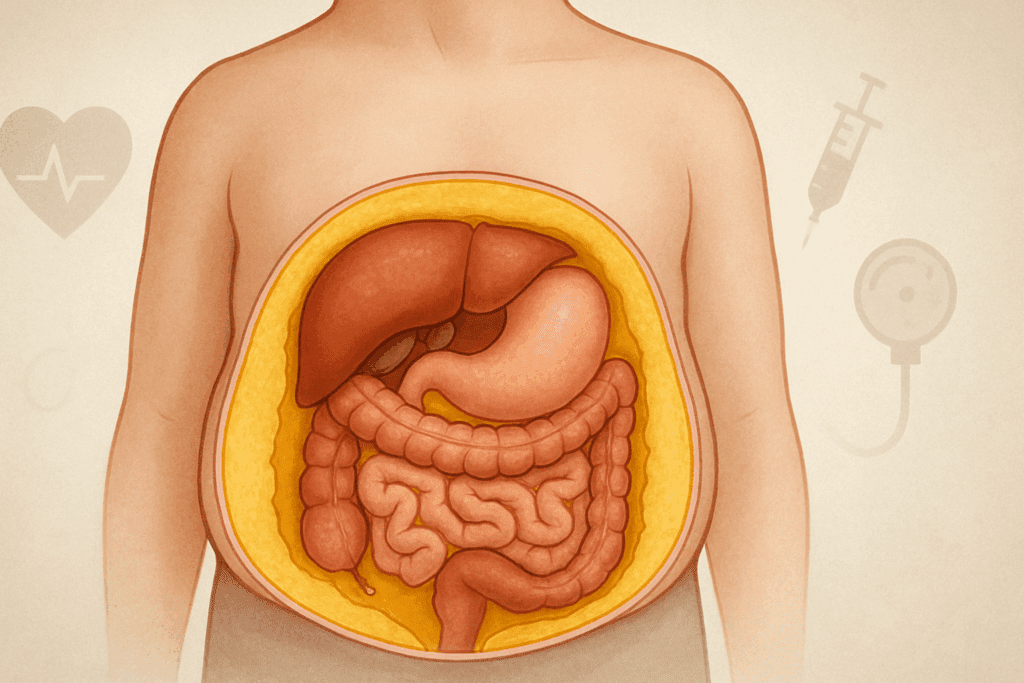
Meal Prep as a Tool for Weight Management
Consistent, intentional meal prep does more than save time. It helps you take control of what you eat, reduce impulsive choices, and stick to nutritional goals. The act of preparing lunch ahead of time also removes the stress of wondering what can I eat for lunch to lose belly fat. You already have the answer in your fridge or lunchbox. Ideally, your prepared meals include a balance of high-fiber vegetables, lean plant-based proteins, and healthy fats to increase satiety and reduce the likelihood of overeating.
Meal prepping doesn’t have to be overwhelming. Start by planning a week’s worth of lunches with a consistent base, such as quinoa, lentils, or roasted sweet potatoes, and then rotate different toppings, proteins, and dressings. This approach not only prevents boredom but ensures your lunch remains rich in nutrients while avoiding excess sugar and processed additives. Importantly, when prepping meals aimed at reducing belly fat, portion control, timing, and ingredient quality all matter just as much as calorie counts.
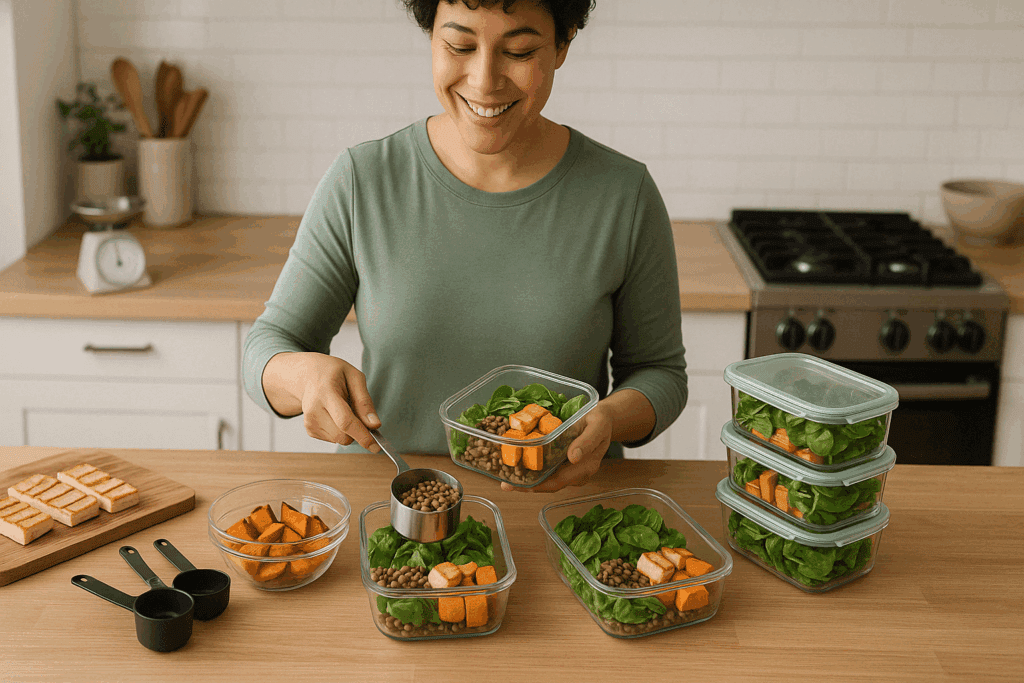
How Macronutrient Balance Affects Belly Fat
The balance of macronutrients—protein, carbohydrates, and fats—in your lunch can profoundly impact belly fat accumulation. Protein is essential for preserving muscle mass and boosting satiety, making it a foundational component of meal prep to lose belly fat. Carbohydrates, particularly fiber-rich ones like beans and whole grains, provide energy and gut health benefits but must be portioned carefully to prevent blood sugar spikes. Fats, especially monounsaturated fats from foods like avocado and olive oil, play a role in reducing inflammation and promoting metabolic health.
This brings us back to the ongoing debate: keto diet vs low carb diet. A low carb diet might include 100 to 150 grams of carbs per day, prioritizing complex carbohydrates, whereas keto diets restrict carbs to under 50 grams to maintain ketosis. Is keto no carbs? Not exactly. Even ketogenic diets include trace carbs from vegetables, nuts, and dairy. When comparing the ketogenic diet vs low carb lifestyle, it’s crucial to consider not only carb quantity but the nutrient density of the entire meal. For many, a moderately low carb, plant-rich diet is easier to maintain and still effective for belly fat reduction.
Lunch Ingredients That Target Belly Fat
So what are the best ingredients to include when you’re wondering what can I eat for lunch to lose belly fat? Science points to specific foods that can enhance your body’s fat-burning capabilities. Leafy greens, cruciferous vegetables, legumes, nuts, seeds, and fermented foods support digestive health and reduce inflammation—two key contributors to abdominal fat. Lentils, chickpeas, and black beans offer high fiber and plant protein, making them ideal for satiety. Additionally, healthy fats from avocado, walnuts, and flaxseeds support hormone regulation and can reduce sugar cravings.
To build a belly fat-burning lunch, include one or more of the following combinations: a quinoa bowl with black beans, roasted vegetables, and tahini dressing; a lentil salad with spinach, tomatoes, cucumbers, and lemon-olive oil vinaigrette; or a whole-grain wrap with hummus, grilled tofu, and mixed greens. These meals are not only satisfying but also provide a well-rounded macronutrient profile, supporting blood sugar stability and digestive health—two crucial aspects of fat loss.
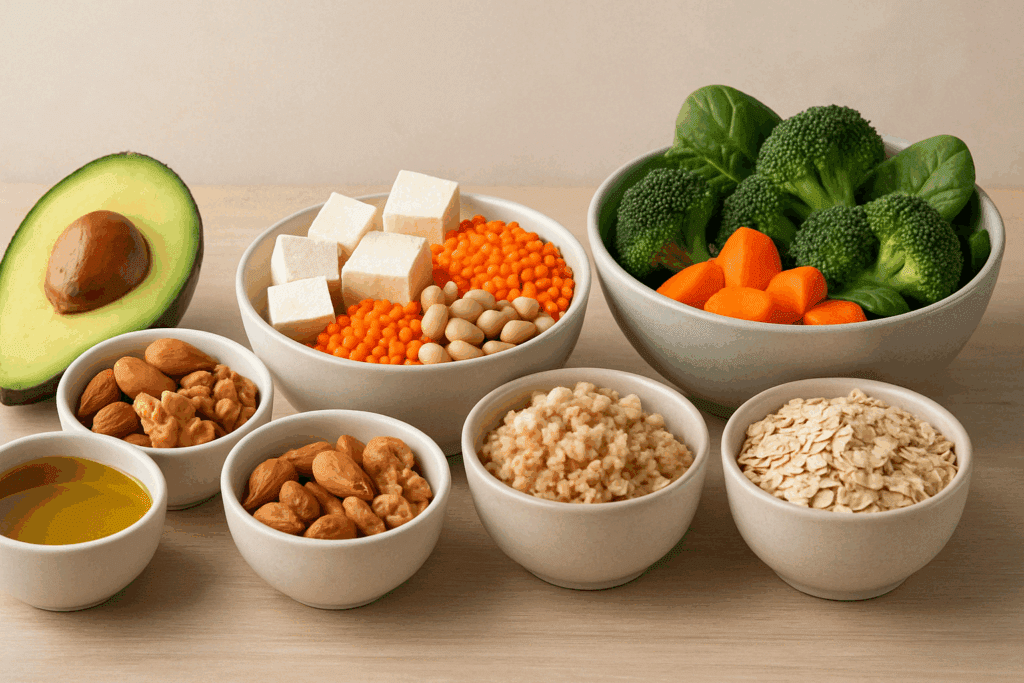
How Low Carb Lunches Fit Into a Plant-Based Lifestyle
There’s a common misconception that plant-based eating and low carb approaches are mutually exclusive. In reality, you can enjoy the benefits of a low carb diet while embracing whole-food plant-based nutrition. The low carb diet keto diet landscape is evolving to include more sustainable, plant-forward options that don’t rely heavily on animal products. While traditional keto diets focus on meat, cheese, and butter, new versions incorporate nuts, seeds, non-starchy vegetables, and coconut-based ingredients to maintain ketosis with fewer inflammatory risks.
This raises a fair question: is keto a good diet long term? The answer is nuanced. For some individuals, a well-formulated keto plan can improve insulin sensitivity and help reduce belly fat. However, studies also show that diets high in saturated fat and low in fiber may raise cardiovascular risk over time. That’s why it’s critical to explore keto and low carb meal prep strategies that emphasize fiber, phytonutrients, and healthy fats from plant-based sources.
Building a Weekly Meal Prep Plan
To make meal prep for belly fat loss sustainable, consistency is key. Start with a few staple ingredients that can be cooked in bulk, such as brown rice, lentils, sweet potatoes, or cauliflower rice. Prepare a variety of vegetables—some roasted, some raw—and a few plant-based protein sources like tempeh, seitan, or edamame. Make dressings or sauces in advance using tahini, olive oil, lemon juice, garlic, and herbs to elevate your meals without added sugars or preservatives.
As you rotate ingredients and flavors, track how your body responds. Are you feeling satisfied, energized, and less bloated? This kind of awareness builds trust in your own experience, a core tenet of mindful eating. It also makes it easier to refine your meal prep to lose belly fat without feeling deprived. Lunches should be enjoyable, flavorful, and aligned with your health goals.

Debunking Keto and Low Carb Myths
There is no shortage of confusion around low carb diets and keto. Is keto a low carb diet? Yes, but with a much stricter approach. Is keto no carbs? No—even in ketosis, small amounts of carbs are necessary and present in plant foods. The real question is whether the ketogenic diet vs low carb diet comparison matters for long-term health outcomes. Emerging research suggests that both can be effective for weight loss, but the sustainability and nutrient quality of the diet are far more important than the label it carries.
When evaluating the low carb diet keto diet discussion, focus on foods that reduce inflammation, stabilize blood sugar, and nourish your microbiome. A fiber-rich, plant-based low carb meal may offer more lasting health benefits than a traditional ketogenic plan high in animal fats. The best diet is one you can maintain while supporting your energy levels, digestion, and long-term wellness.
The Role of Mindful Eating in Belly Fat Loss
Beyond macros and ingredients, how you eat is just as critical as what you eat. Mindful eating—the practice of being fully present during meals—can help regulate appetite, improve digestion, and reduce emotional eating. When you eat slowly and tune into hunger and fullness cues, you naturally make choices that support your goals. Incorporating mindful practices into your meal prep routine reinforces a healthier relationship with food and enhances the effectiveness of your belly fat loss efforts.
For instance, avoid eating lunch at your desk while scrolling through emails. Instead, step away, breathe, and focus on the flavors and textures of your food. This simple shift can increase satiety and reduce the tendency to overeat or snack impulsively later in the day. Mindful eating also builds self-trust and encourages more consistent behavior over time, which is essential for achieving sustainable results.
Making the Best Choice for Your Lifestyle
When deciding between the ketogenic diet vs low carb diet, or any variation thereof, your individual needs, preferences, and medical history matter. Is a keto diet sustainable for you? Only if you enjoy the foods, feel well physically, and can maintain the regimen long term. If not, a flexible low carb, high-fiber plant-based approach may provide a better fit. Either way, structured meal prep is the foundation of success.
Think of meal prep as an investment in your health. Every well-planned lunch you pack is a step toward reducing visceral fat, supporting metabolic balance, and feeling your best. Whether you’re preparing high-protein lentil salads or cauliflower rice bowls with avocado and tofu, the key is consistency, variety, and nutrient quality. These principles matter far more than rigid adherence to any one dietary philosophy.
What to Expect When You Start
When transitioning to smart lunch prep with a focus on belly fat loss, you may notice several early benefits. Within the first week or two, many people experience reduced bloating, improved digestion, and more stable energy levels throughout the day. If you’re new to low carb eating, you might encounter an adjustment period, especially if trying keto. Hydration, electrolytes, and fiber intake can ease this transition.
Over time, your body will adapt to using fat as a more consistent energy source, particularly when meals are balanced and portioned well. You may also find that cravings diminish and that lunchtime becomes a moment of nourishment rather than stress or indecision. These shifts reflect deeper metabolic changes and are signs that your approach is working. Keep in mind that sustainable fat loss takes time, and consistency will always yield greater results than perfection.
A Practical Answer to What Can I Eat for Lunch to Lose Belly Fat
Ultimately, answering the question of what can I eat for lunch to lose belly fat comes down to intentionality, balance, and preparation. Focus on meals that are rich in plant-based fiber, moderate in protein and healthy fats, and free of added sugars and processed oils. Choose whole ingredients, cook in batches, and eat with presence and purpose. Whether you lean toward a keto, low carb, or Mediterranean-style eating plan, make choices that are rooted in your lifestyle and preferences.
Smart meal prep to lose belly fat is not about following rules—it’s about creating sustainable habits that support your long-term health and vitality. With every plant-forward lunch you prepare, you reinforce a commitment to yourself and your well-being.
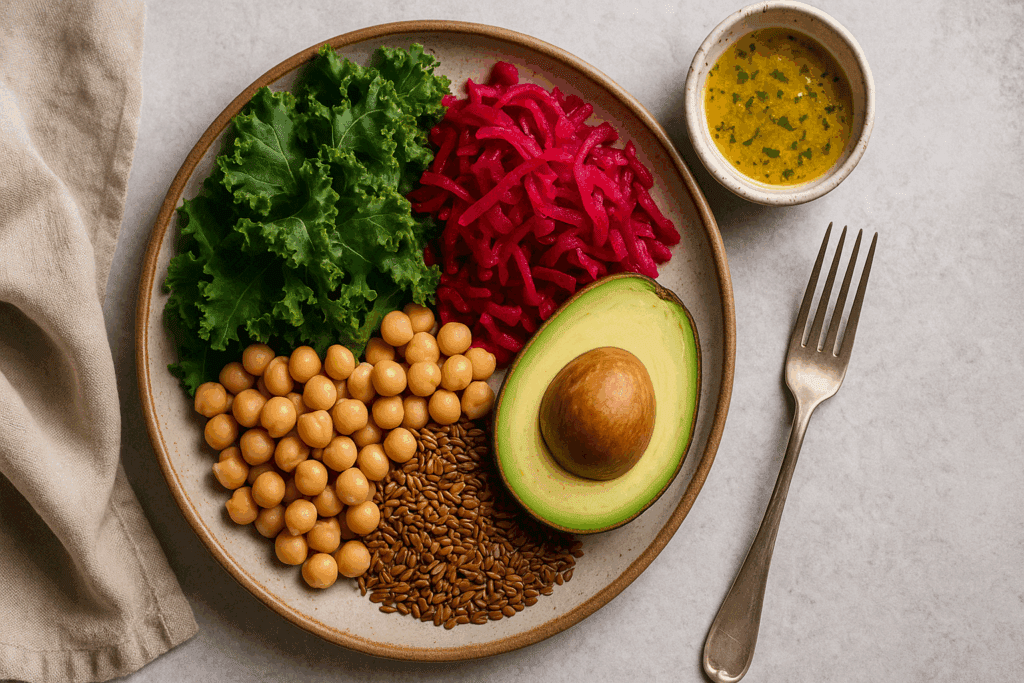
Frequently Asked Questions: Smart Meal Prep and Belly Fat Loss
1. How can meal prep improve long-term success in reducing belly fat?
Meal prep creates structure and consistency, which are essential for long-term body compositionchanges. When you plan and portion meals in advance, you’re less likely to reach for convenience foods high in sugar and unhealthy fats. Over time, this reduces overall caloric intake and prevents the insulin spikes that contribute to visceral fat accumulation. Smart meal prep to lose belly fat also makes it easier to monitor nutrient ratios and ensure a steady intake of fiber, protein, and healthy fats. It’s not just about what can I eat for lunch to lose belly fat today—it’s about establishing a daily rhythm that supports fat loss for months and years to come.
2. What role do herbs and spices play in belly fat-reducing lunches?
Beyond flavor enhancement, herbs and spices have unique metabolic benefits that support fat loss.Ingredients like turmeric, ginger, cayenne, and cinnamon have been shown to reduce inflammation, regulate blood sugar, and even increase thermogenesis. Including them in your lunch meal prep to lose belly fat introduces a flavorful, functional component that often goes overlooked. Instead of relying on salt or heavy sauces, try flavoring lentil bowls or roasted vegetables with anti-inflammatory spice blends. This small tweak adds variety while aligning with your goal of discovering what can I eat for lunch to lose belly fat.
3. Can meal prep be effective for belly fat loss without strict calorie counting?
Absolutely. While calorie awareness is important, it’s not necessary to track every bite if your mealsare composed of whole, minimally processed foods. Smart meal prep to lose belly fat emphasizes nutrient density and satiety, helping to naturally regulate energy intake without the burden of constant logging. Many people find that when they prepare balanced lunches with fiber-rich veggies, lean plant protein, and healthy fats, they feel fuller longer and naturally reduce snacking. If you keep asking what can I eat for lunch to lose belly fat, the answer may lie in how you assemble your food, not just how much you eat.
4. What are common psychological barriers to consistent lunch prep for fat loss?
People often struggle with decision fatigue, time scarcity, or the misconception that healthy food lacksflavor. These mental blocks can sabotage even the most motivated individuals. To overcome them, it helps to view meal prep to lose belly fat as a form of self-care rather than a chore. Reframing the process as a way to simplify your week and nourish your goals transforms it into a positive habit. And when you’re clear about what can I eat for lunch to lose belly fat, it becomes easier to commit to those choices emotionally as well as physically.
5. How can I keep my lunches fresh and appealing throughout the week?
Variety and storage techniques are key. Instead of preparing the same lunch five days in a row, trymaking modular components that you can mix and match. For example, cook a base of quinoa and lentils, and rotate toppings like roasted veggies, spiced chickpeas, or avocado mash. Use airtight, freezer-safe containers to preserve freshness and avoid texture loss. Successful meal prep to lose belly fat doesn’t have to be repetitive—it should be flexible and flavorful, keeping you excited about what can I eat for lunch to lose belly fat tomorrow.
6. Are there specific lunchtime beverages that support belly fat loss?
Yes, beverages can either support or sabotage your goals. Green tea, ginger tea, and water infusedwith lemon or apple cider vinegar can aid digestion and help regulate blood sugar levels. These drinks, when paired with smart meal prep to lose belly fat, create a synergistic effect that supports your metabolic health. On the other hand, sugary drinks, even seemingly healthy ones like store-bought smoothies or flavored waters, can contribute to abdominal fat accumulation. If you’re asking what can I eat for lunch to lose belly fat, consider what you’re drinking as part of the total equation.
7. How do hormonal changes affect meal prep strategies for belly fat?
Hormonal shifts—particularly in women during perimenopause or men with declining testosteronecan make belly fat more stubborn. This makes it even more important to focus on meals that balance blood sugar and reduce stress-induced cortisol spikes. Meal prep to lose belly fat should emphasize magnesium-rich greens, fiber, and omega-3 fats to counteract hormonal imbalances. Including adaptogenic herbs like ashwagandha or maca in dressings or sauces may also support endocrine function. Knowing what can I eat for lunch to lose belly fat becomes more nuanced with age, requiring attention not just to macros but to your body’s shifting hormonal needs.
8. Can social or cultural food practices be integrated into a fat-loss-focused lunch prep?
Absolutely. Cultural cuisine can be one of the richest sources of healthy, whole-food inspiration.Mediterranean, Asian, and Latin American diets, for example, often include anti-inflammatory herbs, legumes, and healthy fats that align well with meal prep to lose belly fat. Incorporating familiar flavors and traditions can also improve adherence and emotional satisfaction. Rather than abandoning traditional dishes, adapt them slightly to match your nutritional goals. Asking what can I eat for lunch to lose belly fat doesn’t mean giving up cultural heritage—it means creatively merging it with your wellness journey.
9. How can I prevent muscle loss while trying to reduce belly fat through lunch prep?
Prioritize protein, especially from plant sources like lentils, tofu, tempeh, and seitan. Protein helpspreserve lean mass while encouraging fat loss, particularly when paired with strength training. Meal prep to lose belly fat should always include a protein component to help preserve muscle tone and metabolic rate. Inadequate protein can cause your body to break down muscle for fuel, which works against your goals. When deciding what can I eat for lunch to lose belly fat, ensure each meal includes a source of protein and a good balance of fiber and fat for maximum benefit.
10. What are the signs that my meal prep strategy is actually working to reduce belly fat?
The scale isn’t the only measure. Pay attention to how your clothes fit, changes in bloating, andenergy levels throughout the day. Improved digestion, more stable blood sugar, and reduced cravings are often early indicators that your strategy is effective. Successful meal prep to lose belly fat often leads to better mood stability and sleep as well, both of which are linked to lower abdominal fat. When you consistently feel clear on what can I eat for lunch to lose belly fat, and follow through with nourishing, enjoyable meals, visible results are usually not far behind.
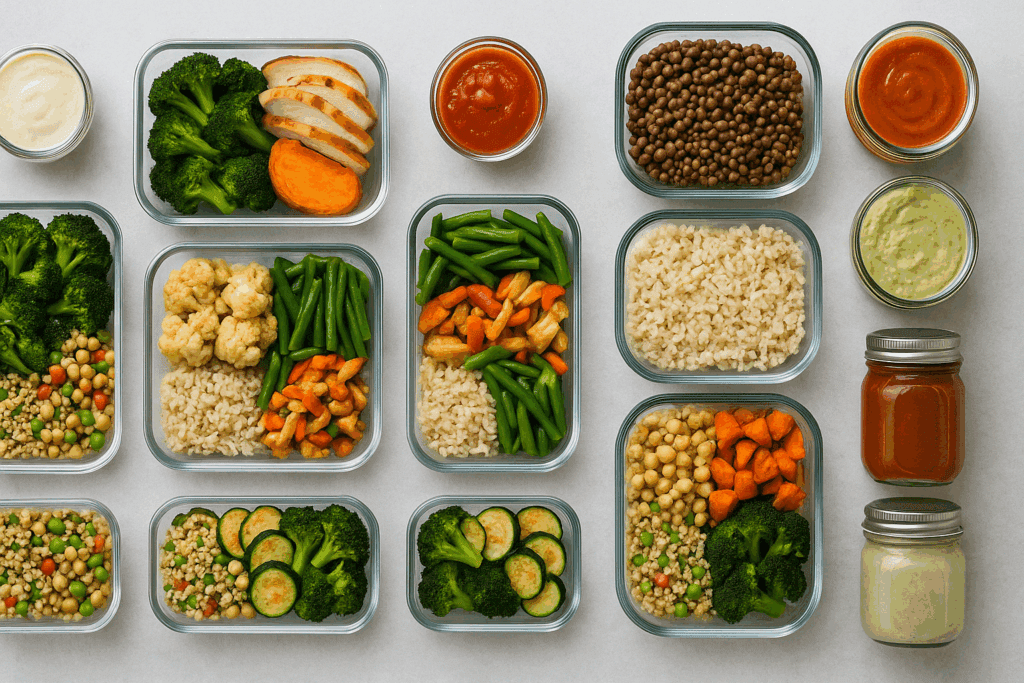
Conclusion: Building a Healthier Lifestyle with Smart, Sustainable Meal Prep
Losing belly fat doesn’t require perfection, deprivation, or adherence to extreme diets. It starts with one simple question: what can I eat for lunch to lose belly fat? The answer lies in preparing wholesome, fiber-rich, plant-based meals that nourish your body, stabilize your metabolism, and support mindful eating. Whether you follow a flexible low carb plan or experiment with keto variations, the key is nutrient quality, consistency, and personal alignment.
Is keto a low carb diet? Yes, but that doesn’t make it the only effective approach. Is a keto diet sustainable? That depends on how it’s formulated and whether it supports your health over time. When comparing the ketogenic diet vs low carb alternatives, focus on the bigger picture—sustainable, enjoyable eating patterns that serve your long-term well-being.
By embracing structured meal prep, you empower yourself to make intentional choices every day. You reduce the guesswork, reclaim your lunchtime, and make meaningful progress toward your goals. In doing so, you don’t just lose belly fat—you build a healthier, leaner, more energized version of yourself. That is the true power of mindful nutrition and strategic, science-backed eating.
Was this article helpful? Don’t let it stop with you. Share it right now with someone who needs to see it—whether it’s a friend, a colleague, or your whole network. And if staying ahead on this topic matters to you, subscribe to this publication for the most up-to-date information. You’ll get the latest insights delivered straight to you—no searching, no missing out.
Further Reading:
18 Effective Tips to Lose Belly Fat (Backed by Science)
7-Day Meal Plan to Help Lose Belly Fat, Created by a Dietitian
How To Lose Belly Fat: A Practical Guide For Beginners

